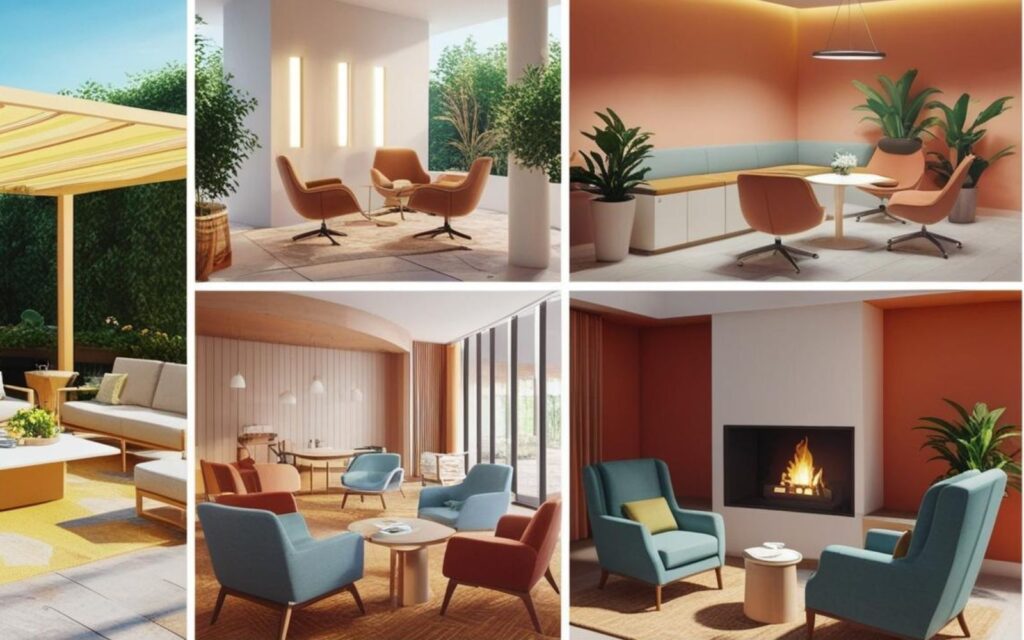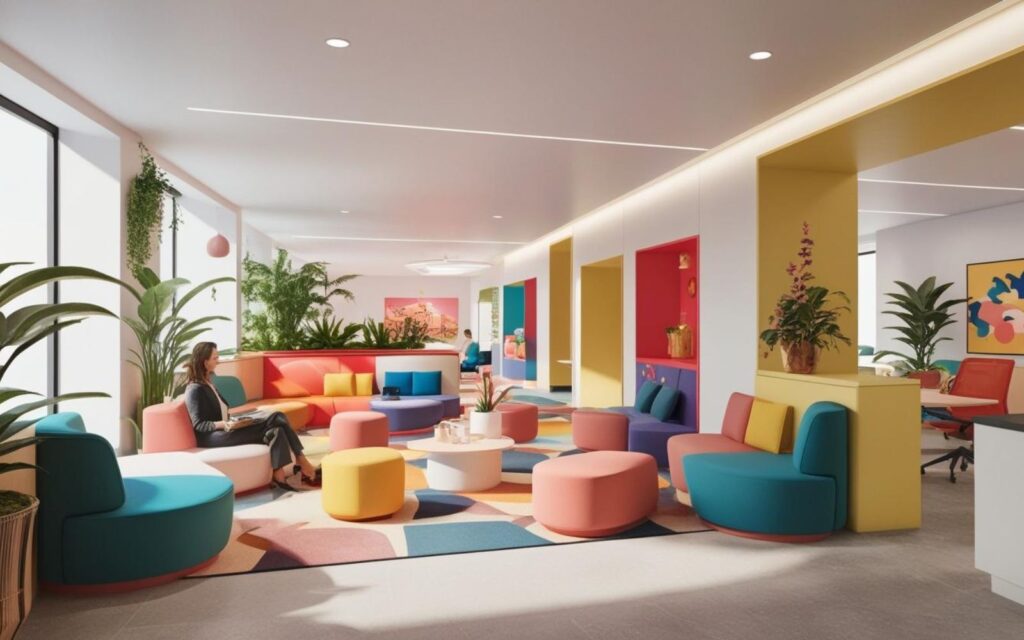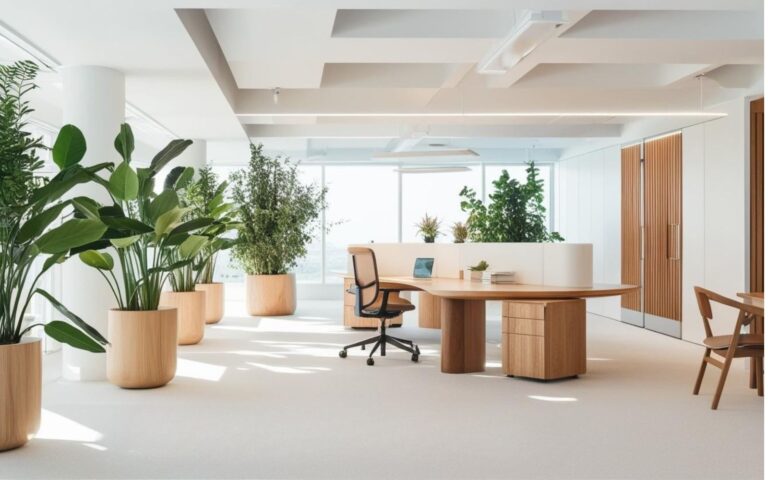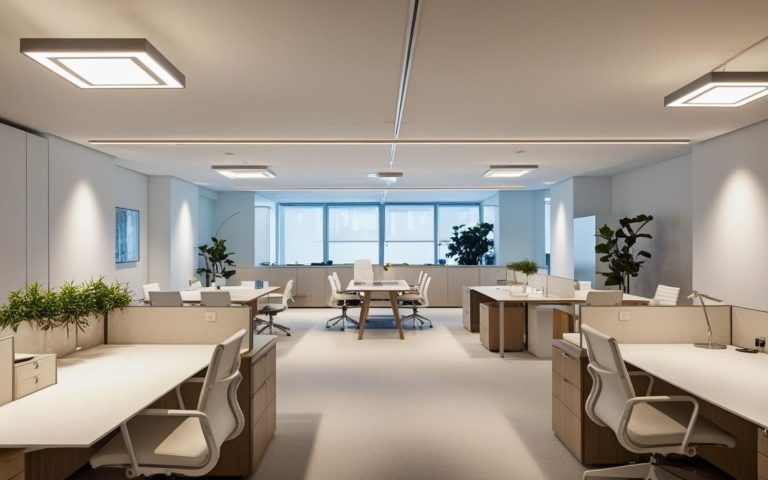How to Create Mindful Break Areas for Enhanced Focus and Well-Being

Taking mindful breaks is more than just a trend. It’s a powerful way to support your mental health, improve focus, and reconnect with the present moment.
Whether you’re designing a calming room at work, at home, or in a shared space, the goal is to create a mindful space that promotes emotional health, reduces stress, and boosts overall well-being.
Let’s explore practical steps on how to create mindful break areas tailored to your needs.
Key Takeaways
- Mindful Breaks Matter: They improve mental health, emotional regulation, and productivity.
- Core Elements: Focus on comfort, nature, calming sounds, and a clutter-free environment.
- Practical for Any Space: You can create mindful areas at home, in the office, or in classrooms.
- Customizable Tools: Incorporate sensory tools, essential oils, and guided meditations for more profound relaxation.
Why Mindful Break Areas Are Essential

Creating mindful spaces has a calming effect on your nervous system and helps regulate emotions. These areas:
- Encourage deep breaths to lower anxiety.
- Help reset the prefrontal cortex, improving focus and problem-solving.
- Allow time for self-care, boosting emotional and physical well-being.
Pro Tip: A mindful approach to regular breaks can help restore balance and perspective in your daily life.
Selecting the Perfect Location

The environment sets the tone for your mindful break area.
- Quiet Spaces: Avoid high-traffic or noisy areas.
- Natural Light: Incorporate windows or light sources to promote positivity.
- Privacy: Choose a secluded corner or use dividers to create boundaries.
For example, teachers can carve out a classroom calming room for students to engage in a quick mini-meditation or sensory regulation.
Prioritize Comfort With Furniture

Your furniture should encourage relaxation.
- Use ergonomic furniture like cushioned chairs or stools.
- Add flexible options like yoga mats or floor pillows for movement-based mindfulness practices.
A comfortable space helps your body fully relax, letting your mind focus on the present moment.
Incorporate Nature for a Calming Effect

Nature is one of the simplest ways to ground yourself.
- Include plants for calming spaces, like succulents or ferns.
- Use natural materials like wood or stone to connect with the outdoors.
- Add landscape art or nature photos for visual cues of calm.
Pro Tip: Walking barefoot on a rug or mat can stimulate the five senses and foster awareness.
Set the Right Mood With Lighting

Good lighting makes or breaks the mood of your mindful space.
- Opt for natural lighting for relaxation whenever possible.
- Use soft lamps or string lights for a warm, inviting glow.
- Avoid harsh overhead lighting to maintain a soothing environment.
Add Mindfulness Tools: How to Create Mindful Break Areas

A mindful break area isn’t complete without items encouraging meditation and relaxation.
- Calming music or nature sounds using Bluetooth speakers.
- Aromatherapy tools like essential oils or diffusers.
- Sensory tools such as textured stress balls or weighted blankets.
- Devices or apps for guided meditation.
These tools help quiet your mind and engage your senses.
Keep It Technology-Free
Avoid using your mindful space for work, social media, or emails.
- Dedicate this space solely for rest and reflection.
- Use it for belly breathing, meditation, or quiet thinking.
Pro Tip: A technology-free zone keeps your brain focused on emotional regulation rather than overstimulation.
Customize the Space

Your mindful break area should reflect your own life and preferences.
- Add meaningful items like family photos or inspirational quotes.
- Choose colors like soft blues, greens, or beiges for their calming effect.
- Experiment with break area decor ideas like Zen-inspired art or minimalist designs.
Create Boundaries for Group Settings

Establish clear guidelines for mindful breaks in a workplace or shared space.
- Use soundproofing mindful zones or dividers to create quiet.
- Schedule breaks for team bonding or individual moments of peace.
- Mark the area as a “no work zone.”
Test and Refine Your Mindful Space

Your mindful area will evolve as you test what works best.
- Observe how the space impacts your energy and focus.
- Experiment with different mindful design elements like colors, sounds, or scents.
- Get feedback from colleagues or family in shared spaces.
A well-tuned mindful break area can transform your perspective, helping you return to tasks with renewed clarity.
Summary
Mindful break areas are essential for reducing stress, improving focus, and fostering emotional health.
Combining comfort, sensory elements, and personalized touches allows you to create a calming room or corner that fits seamlessly into your life.
Whether you need a quiet retreat at work, a mindfulness practice zone in a classroom, or a calming space at home, these ideas make it easy to prioritize your overall well-being.
Frequently Asked Questions
What Is a Mindful Break Area?
A mindful break area is a dedicated space where you can rest, refocus, and practice mindfulness techniques like meditation, deep breathing, or sensory awareness.
Can I Create a Mindful Space on a Budget?
Yes! Use items you already have, like soft lighting, plants, or a yoga mat, to design your space affordably.
How Can Mindful Breaks Help With Stress?
Mindful breaks engage the prefrontal cortex and nervous system, reducing stress and helping you regain emotional clarity.
Are These Spaces Suitable for Group Settings?
Absolutely. Shared mindful spaces with proper guidelines can be effective in offices, classrooms, or community centers.
How Often Should I Take a Mindful Break?
Experts recommend regular breaks every 90 minutes or when you feel overwhelmed to maintain focus and emotional regulation.






3 Comments